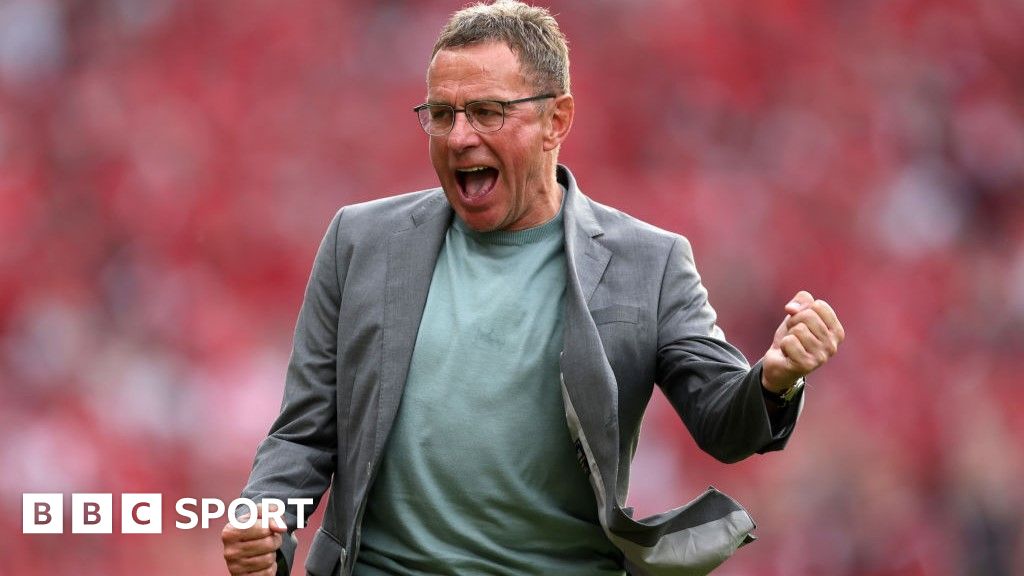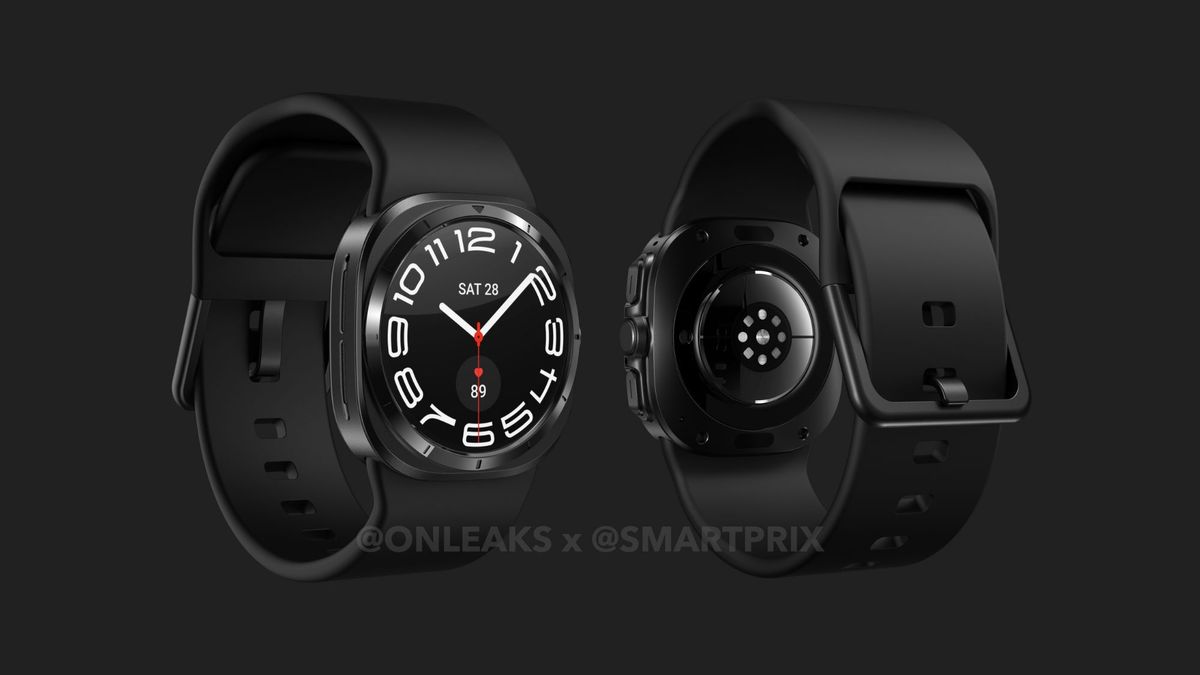In Game 4, Jayson Tatum and the Celtics shot 13-for-33 (39.3%) in the paint, easily their worst mark of the season.
The Dallas Mavericks might have the most talented offensive backcourt we’ve ever seen, but defense is a big reason why they’re in the NBA Finals presented by YouTube TV … and a big reason why the Finals aren’t over.
The Mavs were in eighth place at the trade deadline, then going a West-best 21-7 over the next two months to climb to fifth. The improvement was mostly about defense, with Dallas ranking sixth on that end of the floor, up from 22nd prior to the additions of Daniel Gafford and P.J. Washington.
The Mavs didn’t look like a great defensive team through the first three games of the Finals, even though the Boston Celtics had scored less efficiently than they did in each of the previous two rounds. Dallas’ defenders were consistently getting beat off the dribble, with those breakdowns leading to quality shots.
Then, with their season on the line, the Mavs finally played championship-level defense in Game 4 on Friday. When Celtics head coach Joe Mazzulla pulled his starters with 3:18 left in the third quarter, Boston had scored just 52 points on 65 possessions (0.80 per). Even with improvement in garbage time, it was the Celtics worst offensive performance (84 on 96) in the 100 games they’ve played this season.
Here are some mores numbers and some film on how the Mavs got the stops they needed to extend the Finals …
1. Dallas defending the paint
Number to know: The Celtics shot 13-for-33 (39.3%) in the paint, easily their worst mark of the season. And it was worse (8-for-22, 36.3%) before the starters sat down late in the third period.
The biggest difference between the Mavs’ defense before the trade deadline and after adding Gafford and Washington was their opponent shooting in the paint: 60.5% before the additions vs. 52.7% over the 28-game stretch that followed. (They rested their starters in the final two games of the regular season.) And that mark was even lower (51.1%) through the first three rounds of the playoffs.
Mavs’ opponent shooting in the paint
| Games/series | FGM | FGA | FG% | Rank |
|---|---|---|---|---|
| Games 1-52 | 1,387 | 2,291 | 60.5% | 27 |
| Games 53-80 | 646 | 1,225 | 52.7% | 1 |
| First 3 rounds | 363 | 710 | 51.1% | 3 |
| Finals, Games 1-3 | 60 | 92 | 65.2% | |
| Finals, Game 4 | 13 | 33 | 39.4% |
The Celtics don’t take a lot of shots inside. Through the first three rounds of the playoffs, they ranked last in the percentage of their shots (42%) that came in the paint.
But they still need those shots. The Celtics are 17-13 (.567) when they’ve shot worse than the league average (57.4%) in the paint and they have a better record (27-15, .643) when they’ve shot worse than the league average (36.6%) from 3-point range.
Their paint attacks also generate their best looks from the perimeter. The Celtics’ Game 2 victory came with a season-high 66 drives and their best moments in Game 3 came when they attacked, rather than settling for 3-pointers off the dribble.
The Celtics didn’t settle too much in Game 4. They just couldn’t get into the paint as easily, and when they did get there, they couldn’t finish.
On the very first possession of the game, Jayson Tatum got isolated against Gafford, a matchup that had yielded great results for the Celtics (in a limited sample size) through the first three games. But Luka Doncic was ready with help from the baseline, and when Tatum’s drive was stopped, he didn’t have an outlet, with Derrick Jones Jr. staying home in the strong side corner.
With the shot clock winding down, Tatum missed a tough fadeaway over Gafford’s contest …

Through the first four games of this series, Tatum has shot 16-for-26 (62%) in the restricted area, but just 11-for-48 (23%) outside it. That includes a 2-for-17 mark on 2-point shots outside the restricted area.
2. Doncic stands up defensively
Number to know: Doncic has been the ball-handler’s defender on 47 drives in the Finals, 10 more than any other defender, according to Second Spectrum tracking.
The Mavs’ defensive improvement started at the point of attack. And with Doncic continuing to be the most frequent target of the Celtics’ offense, the improvement had to start with him.
The first drive against Doncic in Game 4 came on the Celtics’ second possession. Jaylen Brown attacked and drew help from both Gafford and Washington. Three passes later, Derrick White got a pretty good look from the left wing, though Doncic did make a decent effort to close out.
The Celtics got some more good looks early in the first quarter and led 9-6 a little more than four minutes into it. But the Mavs then went on a 19-5 run, with Boston scoring those five points on 11 possessions.
The first of those Dallas stops came via Doncic. The Celtics got the switch they wanted and Tatum hit Doncic with an in-and-out dribble, trying to beat him to the right. But Doncic stayed in front of his drive and forced Tatum into a tough, stepback …

Bottom line: Doncic was less of a matador that he had been in previous games, and that made a big difference.
3. More stops, more transition
Number to know: Game 4 was the first in which the Mavs outscored the Celtics in transition, according to Synergy tracking.
You typically don’t win by 38 unless you have a great game on both ends of the floor. And while Game 4 was both the Celtics’ least efficient offensive performance and the Mavs’ best defensive performance of the season, the Mavs’ 88 points on 65 possessions (135 per 100) at the point when Boston pulled its starters would have been their most efficient game of the postseason.
Some easy baskets were a part of that. Dallas scored 26 points in transition, up from an average of just 16 through the first three games.
The Mavs were purposeful in transition, with Doncic starting that 19-5, first-quarter run by pushing the ball after a made basket on the other end of the floor.
Misses in the paint can also have a compounding effect, one reason why the Celtics intentionally don’t shoot in the paint as much as most teams. If you miss a 3-pointer, you’re behind the 3-point line and have less distance to travel when getting back on defense. If you miss a shot in the paint, you’re more likely to be trailing an ensuing possession in transition. We saw that a couple of times (after drives by Brown and Tatum) in the first half on Friday.
Early that 19-5 run, Dereck Lively II helped on a Jrue Holiday drive past Jones and then recovered back to contest a Xavier Tillman layup …

The Celtics got five guys back, with Tillman running hard to close out to Washington in the left corner. But their defense was scrambled as it tried to stop the initial Dallas push. Tatum was never guarding anybody and Brown left Lively under the basket to go guard Jones on the perimeter. The result was a lob dunk for Lively …

That’s an example of how the Celtics just weren’t very sharp (on either end of the floor) on Friday. No matter how Dallas played, Game 4 was obviously Boston’s worst game of this series by a wide margin.
But this, more than what we saw in any other game in the Finals, was the Dallas defense that pushed the Mavs to that 21-7 stretch after the trade deadline. If it shows up again in Game 5 on Monday (8:30 ET, ABC), this series could get very interesting.
* * *
John Schuhmann is a senior stats analyst for NBA.com. You can e-mail him here, find his archive here and follow him on X.
The views on this page do not necessarily reflect the views of the NBA, its clubs or Warner Bros. Discovery.

Sophie Anderson, a UK-based writer, is your guide to the latest trends, viral sensations, and internet phenomena. With a finger on the pulse of digital culture, she explores what’s trending across social media and pop culture, keeping readers in the know about the latest online sensations.








